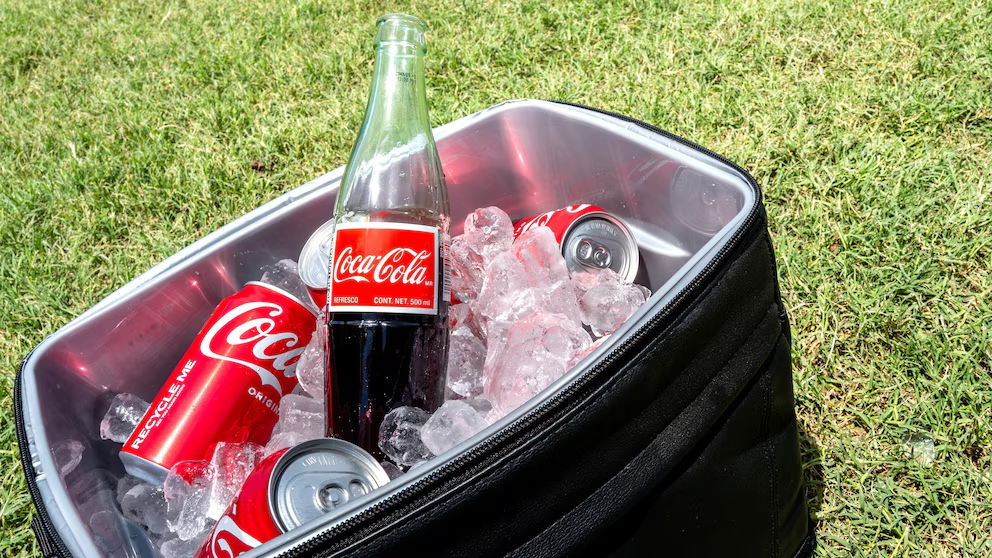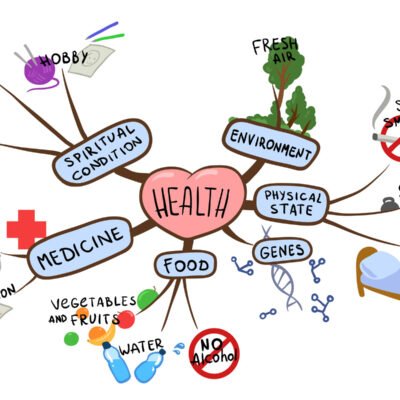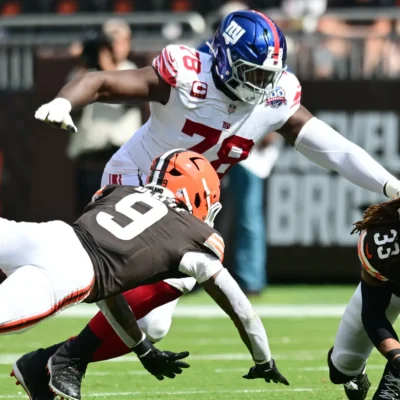In a surprising social media post, former President Donald Trump claimed that Coca-Cola is making a major change—ditching high-fructose corn syrup in favor of cane sugar. The news quickly spread across media platforms, leaving many wondering: Is this true? And more importantly, what does this switch mean for the iconic soda’s taste and health impact?
In this article, we’ll break down everything you need to know about this rumored shift—from what cane sugar and high-fructose corn syrup (HFCS) really are, to how they affect your health, the environment, and even your taste buds. Let’s dig into the facts behind the buzz.
What Did Trump Say About Coca-Cola?
Donald Trump made headlines once again, but this time it wasn’t about politics. On his Truth Social platform, he posted:
“Big change coming from Coca-Cola. They’re going back to real cane sugar. Much better taste. Much better for America!”
As expected, reactions were mixed. Some cheered the move, remembering the taste of old-school Coke made with cane sugar, while others questioned the validity of the claim. Coca-Cola has yet to confirm any official change to its ingredients in the U.S. market.
Whether the statement is speculative or not, it reignites a longstanding debate: Coca-Cola cane sugar vs. high-fructose corn syrup—which one is better?
Coca-Cola and Sweeteners: A Brief History
Coca-Cola was originally made with cane sugar when it launched in the late 1800s. That continued until the 1980s, when Coca-Cola, along with many other American beverage companies, switched to high-fructose corn syrup due to cost savings.
In the U.S., HFCS became a popular alternative because corn was cheap and heavily subsidized. However, in countries like Mexico and parts of Europe, Coca-Cola still uses cane sugar in its regular recipe. Many American fans even go out of their way to buy “Mexican Coke” in glass bottles, often praising its “cleaner” or more “natural” taste.
What Is High-Fructose Corn Syrup?
High-fructose corn syrup is a sweetener made from corn starch. It’s processed to convert some of its glucose into fructose, making it taste sweeter than regular sugar.
There are two main types:
- HFCS-42 (used in baked goods)
- HFCS-55 (commonly used in sodas like Coca-Cola)
Despite the name, HFCS isn’t dramatically higher in fructose than table sugar, which is roughly 50% fructose and 50% glucose. HFCS-55 contains 55% fructose and 45% glucose.
What Is Cane Sugar?

Cane sugar, also known as sucrose, is derived from sugarcane plants. It’s minimally processed compared to HFCS and is considered a more natural sweetener by many consumers. Structurally, it’s a combination of 50% glucose and 50% fructose, the same ratio as HFCS.
So chemically, the difference is small—but how your body responds may be another story.
Coca-Cola Cane Sugar vs. High-Fructose Corn Syrup: Key Differences
Let’s compare the two sweeteners on several important fronts:
1. Taste
- Cane Sugar: Often described as cleaner, crisper, and less syrupy.
- HFCS: Some say it has a heavier or slightly metallic aftertaste.
- Verdict: Many consumers prefer the taste of cane sugar, which is why “Mexican Coke” is so popular.
2. Health Effects
- Cane Sugar: While it’s still sugar and can contribute to obesity and diabetes if consumed excessively, it’s less processed.
- HFCS: Some studies suggest HFCS may increase fat buildup in the liver and lead to insulin resistance.
- Verdict: Neither is healthy in large amounts, but HFCS is more closely linked to metabolic diseases in some research.
3. Processing and Additives
- Cane Sugar: Undergoes minimal processing and is often considered more natural.
- HFCS: Involves enzymatic conversion and heavy industrial processing.
- Verdict: Cane sugar wins for being less synthetic.
4. Environmental Impact
- Cane Sugar: Grows in tropical climates, sometimes with negative deforestation impacts.
- HFCS: Derived from corn, which uses a lot of water, land, and pesticides.
- Verdict: It depends. Both have environmental costs, but cane sugar has fewer ties to industrial monoculture farming.
5. Consumer Perception
- Studies show that customers trust products labeled “cane sugar” more than those with “HFCS,” associating them with higher quality and better taste.
- Coca-Cola has capitalized on this perception with its “Mexican Coke” variant.
Is Coca-Cola Really Making the Switch?
So far, Coca-Cola has not officially confirmed any widespread move from HFCS to cane sugar in the U.S. market. However, consumer preferences are shifting toward more natural ingredients, and brands are responding.
Some recent moves that support this trend:
- PepsiCo reintroduced sugar-sweetened sodas like “Pepsi Throwback.”
- Coca-Cola’s “Life” line used a blend of cane sugar and stevia.
- The growing popularity of craft sodas made with cane sugar.
If Trump’s claim is accurate—or even partially true—it may signal Coca-Cola is testing new formulas or regional versions. Either way, public pressure and health trends could push them in that direction eventually.
Why This Matters to You
You may be thinking, “It’s just soda. Does it really matter?” But the Coca-Cola cane sugar vs. high-fructose corn syrup debate is about more than taste.
It’s a discussion that touches on:
- Health and obesity rates
- The politics of food subsidies (corn vs. cane)
- Environmental sustainability
- Transparency in product labeling
When large companies like Coca-Cola make changes—even just testing new sweeteners—it reflects larger shifts in consumer demand and food policy.
Should You Care Which Sweetener Is Used?
Here’s a quick breakdown of how the choice might affect you:
| Factor | Cane Sugar | High-Fructose Corn Syrup |
|---|---|---|
| Taste | Cleaner, lighter | Thicker, sometimes artificial |
| Processing | Less industrial | Highly processed |
| Health perception | Slightly better | Linked to metabolic issues |
| Consumer image | Natural, premium | Cheap, artificial |
If you’re a regular soda drinker, switching to a cane sugar version might reduce your intake of overly processed ingredients. But remember: both are still sugar, and moderation is key.
What Are the Alternatives?
If you’re rethinking sweeteners altogether, here are some other options:
- Stevia: Natural, zero-calorie, plant-derived sweetener.
- Monk Fruit: Another natural alternative with zero calories.
- Honey or Agave: Natural but still sugar-heavy.
- Artificial Sweeteners (Aspartame, Sucralose): Zero-calorie but highly controversial.
Final Thoughts: Will Coca-Cola Go Natural?
While we await an official word from Coca-Cola, one thing is clear: people are more aware than ever of what’s in their food and drinks. Whether it’s for health reasons, taste, or ethics, the sweetener conversation isn’t going away.
If Coca-Cola does switch back to cane sugar in the U.S., it could be a game-changer for the soda industry—and a win for those who believe “real sugar” is better than processed alternatives.
Until then, your best bet is to check labels, be mindful of sugar intake, and stay informed. As for Trump’s latest claim? It may not be verified yet, but it has certainly stirred the soda can.
Read Next – Flesh-Eating Bacteria in Florida: 4 Dead, Public Alerted






